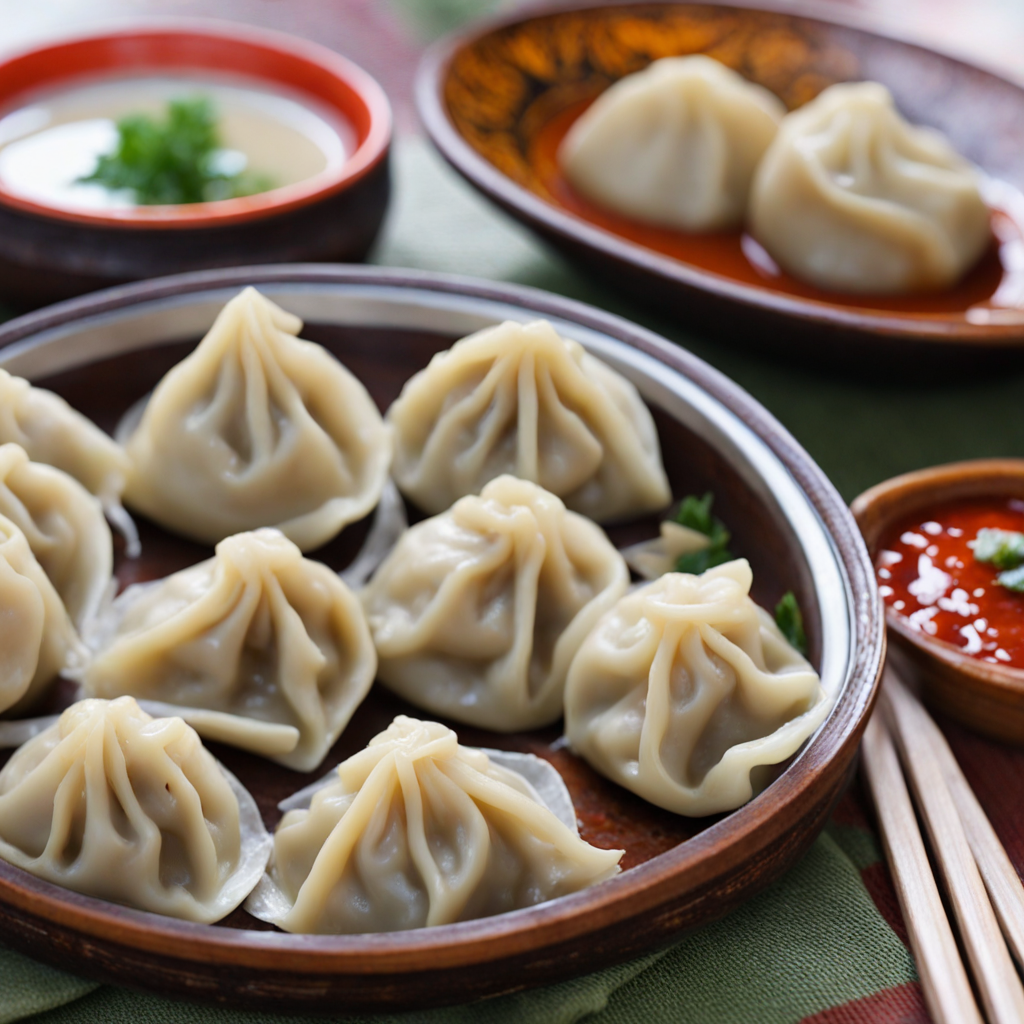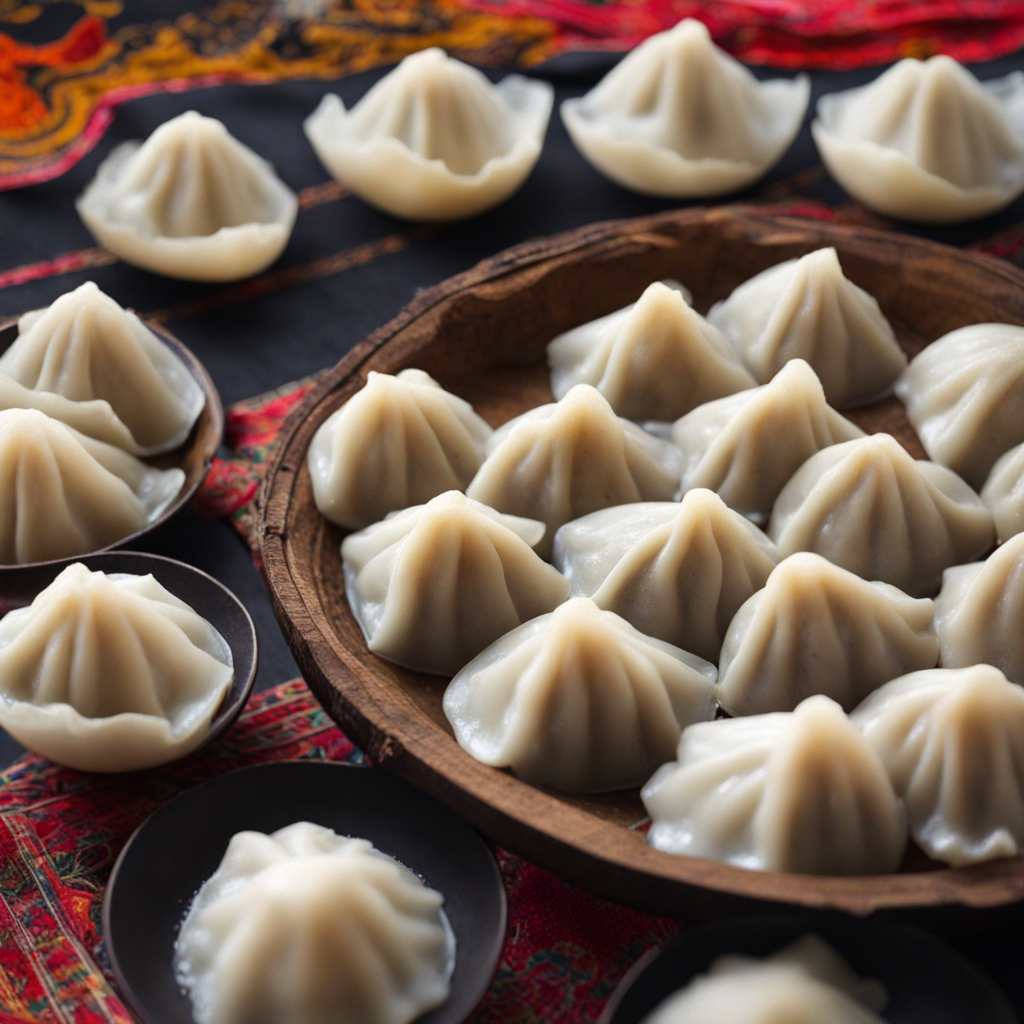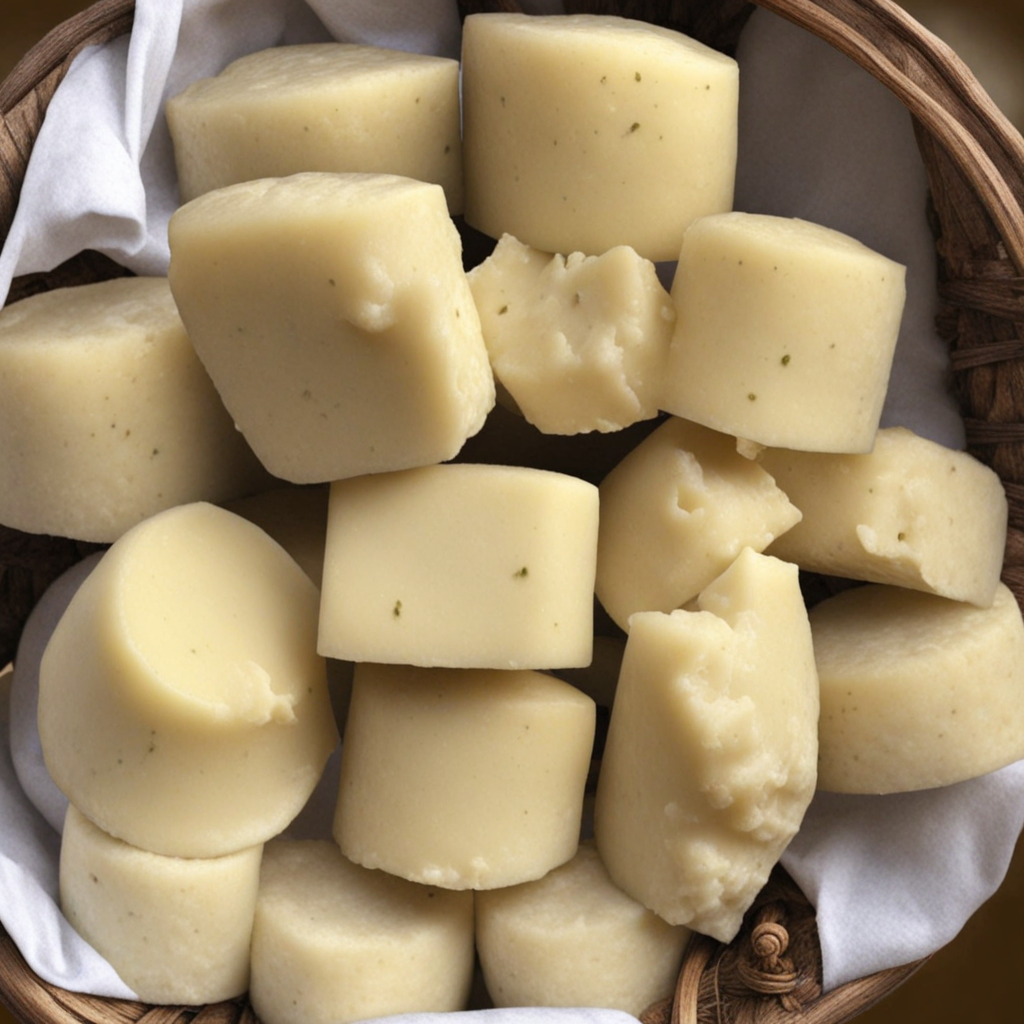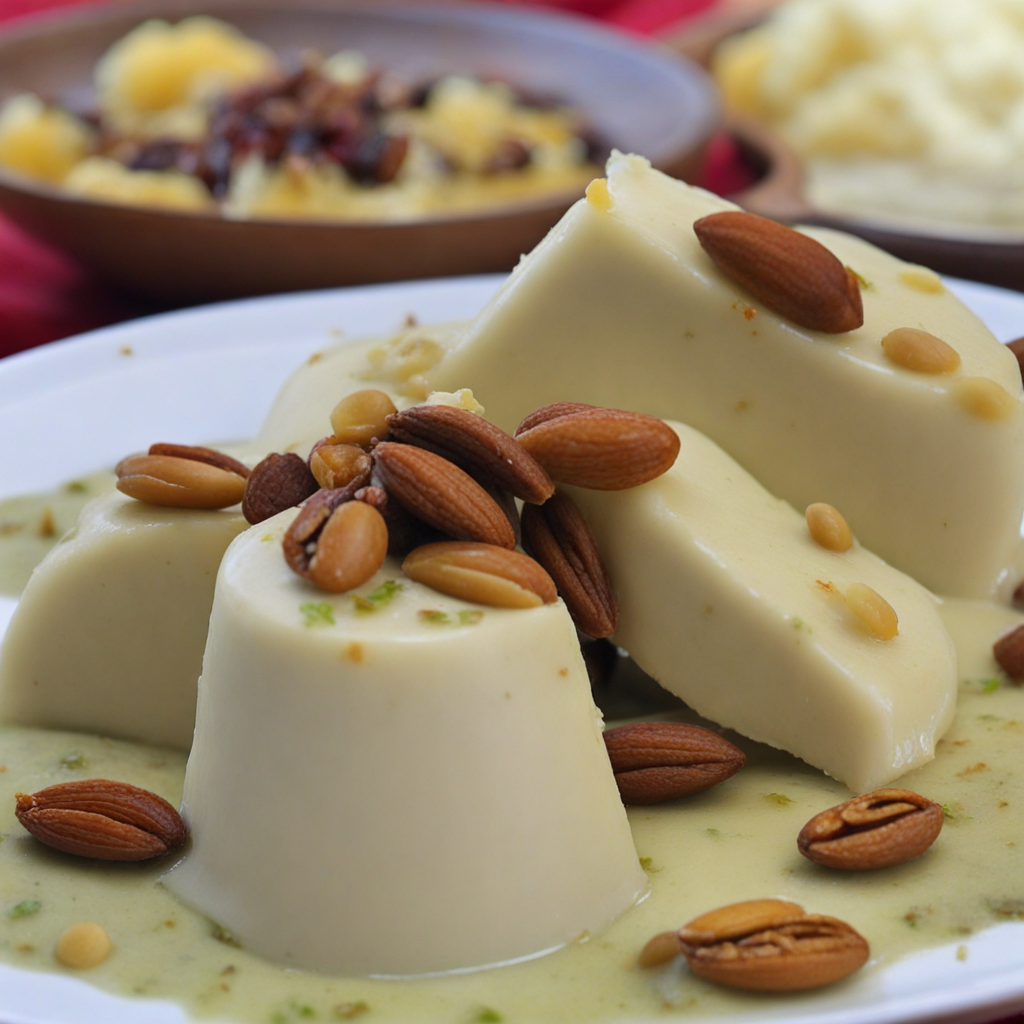Momo
म:म: (pronounced "momo") is a beloved dish from Nepal that has transcended its humble origins to become a culinary icon celebrated in various parts of South Asia and beyond. Traditionally, momos are steamed or fried dumplings filled with a variety of ingredients. The dish is deeply rooted in the culture and cuisine of the Tibetan and Newari communities, and it is believed to have been introduced to Nepal from Tibet. Over the years, momos have evolved, incorporating local flavors and ingredients, making them a staple street food and a popular dish in homes across the country. The flavor profile of momos is both rich and diverse, depending on the fillings used. The most common filling consists of minced meat, usually chicken, buffalo, or pork, combined with finely chopped vegetables, garlic, ginger, and a blend of spices such as cumin and coriander. Vegetarian momos are equally popular and typically include fillings of finely chopped cabbage, carrots, mushrooms, and paneer, often seasoned with soy sauce and sesame oil for added depth. The dumplings are usually served with a tangy dipping sauce known as "achar," made from tomatoes, sesame seeds, and green chilies, which adds a zesty kick that complements the savory flavors of the momos. The preparation of momos is a meticulous process that involves crafting the dough and the filling. The dough is made from all-purpose flour, mixed with water and a pinch of salt, kneaded until smooth, and allowed to rest for
How It Became This Dish
The Engaging History of म:म: (Momo) from Nepal Momo, the beloved dumpling of Nepal, has become a culinary icon not just within its homeland but also beyond its borders, embraced by food enthusiasts around the globe. This delightful dish, with its tender dough and savory fillings, tells a story that is deeply woven into the social and cultural tapestry of the Nepali people. #### Origins of Momo The origins of momo can be traced back to the Tibetan dumplings known as "momo," which are believed to have been introduced to the region by Tibetan traders. As the history of the Himalayan region is rich with trade and cultural exchanges, it is not surprising that the culinary traditions of Tibet influenced Nepal’s diverse food landscape. The earliest references to momo in Nepal date back to the 14th century, when the Newar community in the Kathmandu Valley began to adopt and adapt the concept of the dumpling. Newars are known for their vibrant culture and culinary practices, which often involve intricate preparations and communal eating. The Newars played a crucial role in popularizing momo, and they began to fill these dumplings with various ingredients, including meat (often buffalo), vegetables, and spices, creating a dish that became a staple in their cuisine. #### Cultural Significance Momo holds a special place in Nepali culture, transcending mere sustenance to embody social gatherings, festivals, and family traditions. It is often served during important celebrations, such as weddings, festivals like Dashain and Tihar, and community feasts. The act of making momo is often a communal activity, where families and friends come together to prepare the dumplings, strengthening bonds and fostering a sense of belonging. In the context of Nepali hospitality, offering momo to guests is a gesture of warmth and welcome. It is common for Nepalis to serve momo with a side of spicy dipping sauce called achar, which enhances the flavor and adds a touch of zest to the dish. This combination has become synonymous with the Nepali dining experience, where sharing food signifies camaraderie and friendship. #### Development Over Time As Nepal evolved through the ages, so did momo. The dish transitioned from being a traditional Newar delicacy to a widespread favorite among different ethnic groups across the country. The popularity of momo surged in the late 20th century, particularly in urban areas like Kathmandu and Pokhara. The rise of restaurants and street food vendors specializing in momo made it easily accessible to a broader audience. In the 1990s, as Nepal experienced political and social change, the food scene began to evolve. Momo became increasingly popular among the youth, who embraced it not just as a meal but as a snack option. The introduction of various fillings and styles of momo further diversified the dish. Today, one can find steamed, fried, and even baked versions of momo, filled with everything from traditional buffalo meat to contemporary options like chicken, fish, and vegetarian mixtures. Street vendors began to emerge as the face of momo culture, serving the dish at affordable prices, making it a staple for students, workers, and families alike. The vibrant street food scene in Kathmandu highlighted the adaptability of momo, showcasing the creativity of vendors who experimented with flavors and styles. #### Modern Variations and Global Influence With globalization and increased exposure to different cuisines, momo has taken on new forms and variations. In addition to the traditional fillings, creative chefs have introduced innovative ingredients, including cheese, tofu, and even fusion fillings that combine Nepali flavors with international cuisines. The dumpling has also found its way into the fusion food trend, appearing in food trucks, pop-up restaurants, and international menus. In the diaspora, Nepali communities have carried the tradition of momo with them, establishing restaurants that celebrate their heritage. These establishments have not only brought Nepali cuisine to the forefront but have also introduced momo to new audiences, allowing it to gain international recognition. Food festivals, cooking classes, and online platforms dedicated to Nepali cuisine have further contributed to the global appreciation of momo. #### Momo in Contemporary Society Today, momo continues to thrive as a symbol of Nepali culture and culinary heritage. The dish has become deeply ingrained in the daily lives of many Nepalis, serving as a comfort food that evokes nostalgia and connection to home. It is not uncommon to see families gathering around a table, sharing stories and laughter while enjoying plates of steaming momo. In contemporary society, momo has also become a point of pride for many Nepalis, who see it as a representation of their cultural identity. Social media has played a significant role in this resurgence, with food bloggers and influencers showcasing the beauty and variety of momo. From simple home-cooked versions to elaborate restaurant presentations, momo has captured the hearts and appetites of those who encounter it. #### Conclusion The story of म:म: (momo) is a testament to the rich culinary heritage of Nepal. From its humble beginnings as a Tibetan-inspired dumpling to its status as a national favorite, momo has evolved, adapted, and flourished throughout history. It is more than just food; it is a symbol of community, culture, and connection. As the world continues to discover and celebrate the flavors of Nepal, momo stands as a delicious reminder of the ties that bind people together through food, tradition, and shared experiences. Whether enjoyed at a bustling street stall in Kathmandu or a quaint restaurant in a distant land, momo remains a cherished dish that encapsulates the essence of Nepali hospitality and culinary creativity.
You may like
Discover local flavors from Nepal







